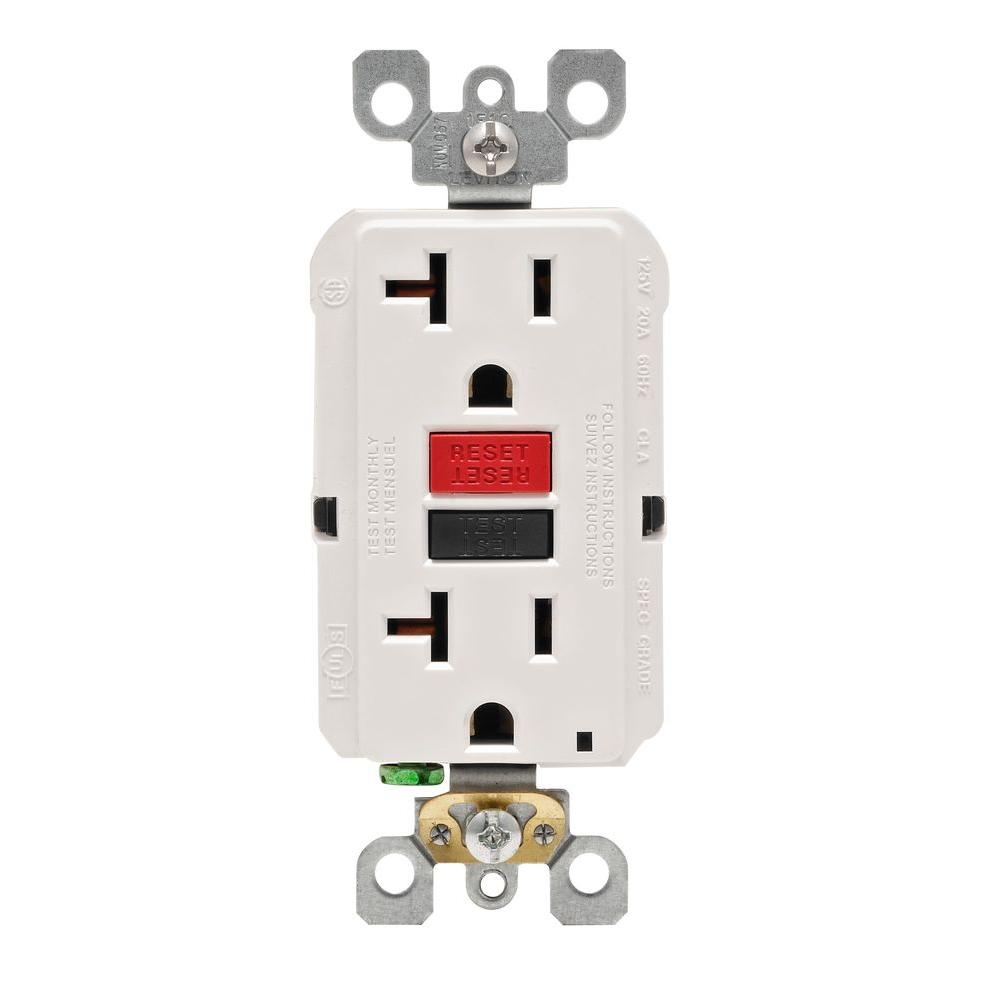Are you experiencing frequent tripping of circuit breakers in your home? This common electrical issue can be frustrating and inconvenient, but it’s crucial to identify the underlying causes to ensure safety and prevent potential electrical hazards. Let’s explore why circuit breakers trip often and what steps you can take to address this issue effectively.
Common Causes of Frequent Circuit Breaker Tripping:
Overloaded Circuits:
One of the most common reasons for circuit breaker tripping is overloading. This occurs when a circuit is carrying more electrical current than it can handle. Overloading can happen if you plug too many appliances or devices into a single outlet or circuit.
Short Circuits:
A short circuit occurs when a hot wire comes into contact with a neutral wire, creating a path of low resistance. This sudden surge of current exceeds the circuit’s capacity, causing the breaker to trip to prevent overheating and potential fire hazards.
Faulty Appliances or Devices:
Malfunctioning or defective appliances can cause circuit breakers to trip. If an appliance has a wiring issue, damaged cord, or internal fault, it can draw excessive current and trip the circuit breaker.
Aging Electrical System:
In older homes, electrical systems may be outdated or insufficient for modern power demands. Aging wiring, undersized circuits, or worn-out breakers can lead to frequent tripping.
Ground Fault Circuit Interrupter (GFCI) Issues:
GFCI outlets or breakers are designed to trip when they detect ground faults, such as water exposure or wiring issues. Faulty GFCIs can result in frequent nuisance tripping.
Steps to Address Frequent Circuit Breaker Tripping:
Identify Overloaded Circuits:
Evaluate the electrical load on each circuit. Avoid plugging multiple high-wattage appliances into the same outlet or circuit. Distribute heavy loads across different circuits to prevent overloading.
Unplug Unnecessary Devices:
Disconnect unused or unnecessary devices to reduce the electrical load on circuits. Consider using power strips with built-in circuit breakers to distribute power safely and avoid overloading.
Inspect and Replace Faulty Appliances:
Check appliances and devices for signs of damage, frayed cords, or abnormal behavior (e.g., sparking, unusual noise). Replace or repair faulty appliances to prevent circuit overloads and tripping.
Upgrade Electrical System:
If you have an older home with outdated wiring or insufficient circuits, consider upgrading your electrical system. Consult a licensed electrician to assess your home’s electrical capacity and recommend necessary upgrades.
Install Dedicated Circuits:
Install dedicated circuits for large appliances like refrigerators, air conditioners, or washing machines. This reduces the risk of overloading and minimizes circuit breaker tripping.
Check GFCI Outlets/Breakers:
Test GFCI outlets and breakers regularly to ensure proper functionality. Replace faulty GFCIs promptly to maintain electrical safety and prevent nuisance tripping.
Consult a Professional Electrician:
If you continue to experience frequent circuit breaker tripping despite troubleshooting efforts, seek assistance from a qualified electrician. A professional can diagnose underlying electrical issues and implement safe, long-term solutions.
Frequent tripping of circuit breakers is often a symptom of electrical problems that require attention. By understanding the causes of circuit breaker tripping and implementing preventive measures, you can enhance electrical safety in your home and minimize disruptions caused by tripped breakers. Remember, electrical issues can pose serious risks, so prioritize safety and consult a professional electrician for complex or persistent problems.



